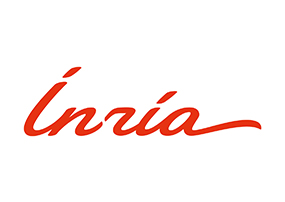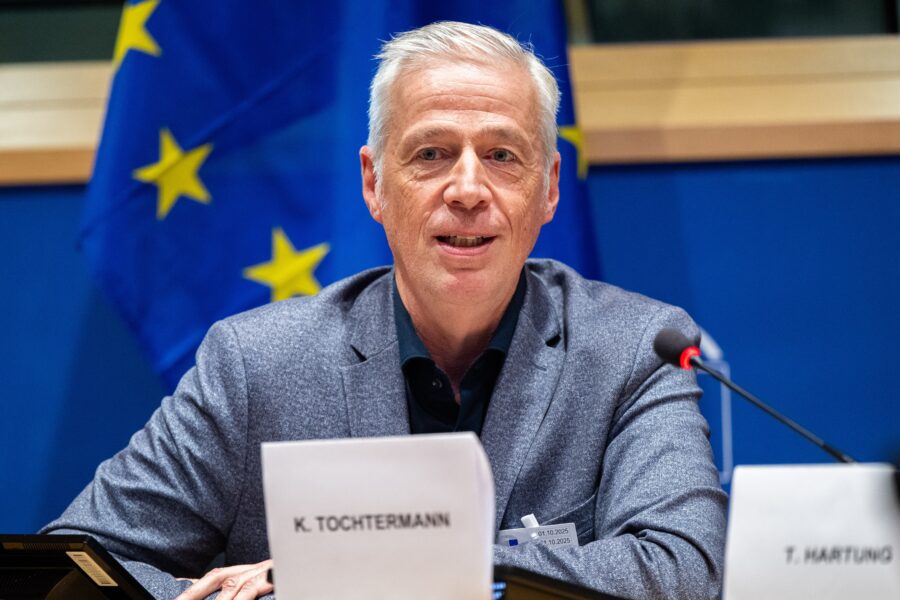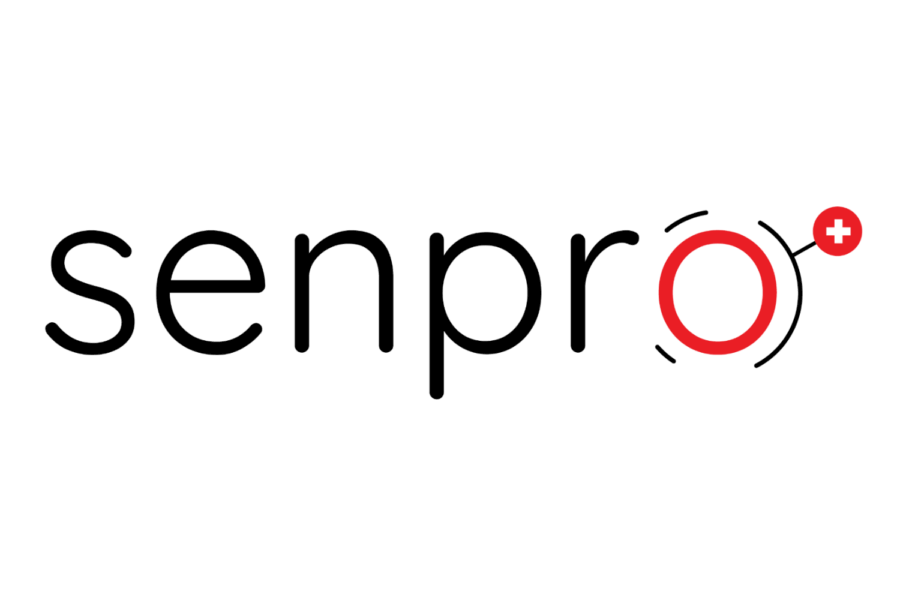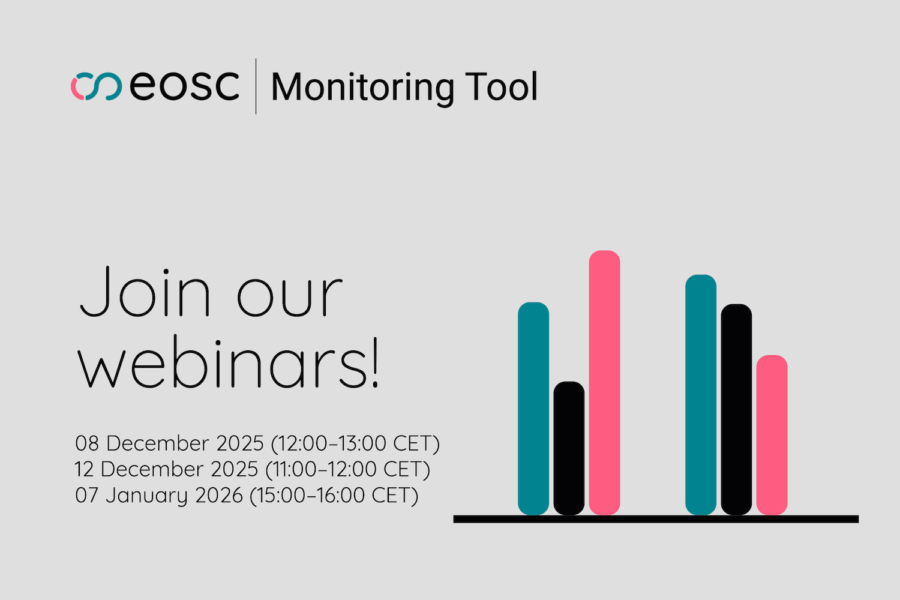In this insightful interview, Laurent Romary, Director for Scientific Information and Culture at the National Institute for Research in Digital Science and Technology (Inria), discusses France’s significant role within the EOSC Association, highlighting Inria’s long-term commitment to Open Science.
He emphasises the importance of national infrastructures, like for example the HAL repository, in fostering a cohesive Open Science ecosystem. Laurent also shares Inria’s vision for enhancing technical standards, addressing funding challenges, and promoting a unified European approach to Open Science policies.
Conducted by Isabel Caetano (EOSC Association), this interview is part of a series coordinated by the EOSC Focus project. The interviews aim to highlight the role of the EOSC Association’s Mandated Organisations. By bringing their activities and insights to the forefront, the EOSC Focus interviews will help to reinforce the connections between each country’s Mandated Organisation and its EOSC Association Member and Observer organisations, as well as to make visible the work going into the implementation of EOSC at the national and institutional levels.
What is the role of Inria in the EOSC Association and what are your main goals?
The National Institute for Research in Digital Science and Technology (Inria) is a French research organisation focusing on computer science and applied mathematics. It also plays an important role in the recently developed programme agency on digital science that has been set up in France to lead on research in domains which are strategic for the country.
Within the EOSC Association, our role is to be the French Mandated Organisation. We work closely with the other French Members. We decided to get involved in the EOSC Association for two main reasons. Firstly, a long time ago we implemented a robust Open Science (OS) strategy. For instance, we have 92% of our full-text publications available on the National Publication Repository – HAL. Secondly, we are involved in several infrastructure activities, for example general OS infrastructures, and technical infrastructures like SLICES.
To what extent are the goals and strategy of Inria aligned with those of EOSC?
We expect to observe a better alignment between national infrastructure initiatives related to Open Science, for example a better alignment in terms of technical compatibility, interoperability, and in terms of digital standards and practices, metadata formats and policies. Inria has a mandate to deposit its publications, but to be in this position is not a mainstream in Europe. It would be nice to have a stronger stance on many aspects, not just publications, but also on data and software.
In a recent evaluation of Inria, your efforts on OS are acknowledged. What are the main findings and recommendations?
We are encouraged to carry on with what we have done in the last five years – to work closely with local universities and join efforts, in particular in the domain of infrastructures and Open Science policies. This is what we are currently doing, for instance, with Université de Lorraine, where we have a research centre. Concerning OS, it was acknowledged that we are very coherent in the way we push Open Science globally, not just for publications, but also research data and, of course, software, which is, by definition, essential in computer science. The evaluation encouraged us to get even more involved, not just in EOSC, but also in European initiatives and infrastructures.
How does Inria facilitate and promote the creation of the EOSC ecosystem?
We are one of the mother organisations of the French HAL publication repository, together with CNRS and INRAE, making sure that HAL gets deployed at all institutions in France. So nearly all research organisations and a great deal of French universities have a portal on HAL and are encouraged to deposit publications on HAL
We are part of, you may have heard of it, Recherche Data Gouv – the National Infrastructure for Research Data with a regulatory repository. On the one hand, the initiative hosts a repository for data sets that are not taken care of by thematic or other types of infrastructures, and on the other hand it organises data workshops in collaboration with local universities to provide training services, accompaniment, and activities for researchers who want to have their data hosted and disseminated. Typically, Inria comes in with a specific focus on software – research software for the creation, transformation, and visualisation of research data. This is our “marque de fabrique”.
Another infrastructure, in which we are strongly involved as one of the funding institutions, is Software Heritage, a unique international infrastructure for archiving software source code.
What engagement activities have been developed and how do you translate European or international developments into national discussions?
We are working together with other institutions within the so-called Collège EOSC France, discussing the progress and funding opportunities at the European level and also infrastructural priorities.
Regarding the National Tripartite Event (NTE), we organised it hand in hand with the Ministry. We tried to find a good combination of what we have at the national level and what would serve as building blocks for the European level, and the results we have achieved through EOSC-related European projects.
What are the most relevant national policies for Open Science in France?
The French Committee for Open Science has existed for many years. Developed under the auspices of the Ministry for Higher Education and Research, two national plans for Open Science address publications, data, and software. It is in the context of those plans that that Recherche Data Gouv infrastructure has been set up. We have also developed an Open Science Monitor. For example, you can select publications corresponding to your institution and see the evolution of open software use over the years.
Diamond Open Access is also fostered because we have several platforms at the French level with Episciences, Peer Community In, and Centre Mersenne.
All of this has been a part of the national Open Science policy. We’ve issued many training and awareness documents aiming at laboratories, explaining how to implement the OS policy in their environment. We also target doctoral students as we need to train this generation and show them new practices to facilitate future work.
The OS plan aims to provide a stable landscape for the French institutions. We still have a couple of institutions which are a little behind in their policies and infrastructures.
What funding support and resources are available for EOSC development in France and why is a strong Open Science policy important?
There are no specific resources for EOSC in France. Investments are made by each institution in the domain. For instance, Inria started in 2005 with a policy on HAL and continued increasing its involvement until we were granted the deposit mandate. It is a lot of effort and investment. Inria has also decided to hire a full-time staff to keep track of EOSC affairs but the position is not directly funded by the state.
In a way, it should not be perceived as a cost invested in Open Science. It is about how much we manage at the institutional or national level to make sure that Open Science is a part of standard research practices. I would say this is at no cost – in the sense that it’s the norm.
We have a National Fund for OS, which issues regular calls to fund publication-related initiatives, infrastructural initiatives, and also a popular national prize for Open Science.
What are the main strengths and areas for improvement in France’s EOSC development?
The main strength for France is Jacobism. The fact that we are strongly centralised has enabled us to develop national infrastructures and a less fragmented landscape, compared to other countries. The other strength is research organisations, which have been made even stronger through the recent state policy, which encourages them to work hand in hand with local universities. We have created a real network of collaboration and support, for example through Ateliers de la Donnée [data management clusters].
At the European level, France hosts SLICES for HPC infrastructures and previously hosted DARIAH, covering a broad spectrum of initiatives.
The main area for improvement would be to increase our capacity to invest in Open Science. It means investing in advanced technical facilities to deal with publications, data and software, and investing in new technologies to exploit, link and visualise what is available from open research assets. This is part of the latest Open Science plan, but it has not been developed so much, and it has to be done at the international level. Research on research is also a good topic for EOSC. You need to trace what you are doing in the domain of Open Science.
What are the main challenges or obstacles your country is facing in this domain? How are you getting ready for the EOSC Federation and the creation of EOSC Nodes?
The main challenge is achieving a better embodiment of EOSC at the national level. It is sometimes very hard for researchers to understand the added value of EOSC apart from funding projects. There is a dissonance between what is being pushed at the EU level and what is really needed at the national level. One of the key challenges of EOSC in the future will be to promote and put in coherence what exists in various countries at the European level.
At Inria, we are pushing the idea that national infrastructures are Nodes, from an EOSC point of view, despite some constraints that need to be addressed. For example, the service unit managing HAL is a joint venture between three organisations and not a specific legal entity. It is very important that the concept of a node is developed on the basis of content and services offered to the scientific community, rather than on administrative constraints.
The other challenge is a long-term financial support for infrastructural projects. Stable financing does not currently exist at the European level. The main challenge is to have the capacity for long-term planning and not depend on anyone to write a project proposal for a certain EU call. New policy tools and instruments at the EU level are likely needed to address this issue.
Do you identify any cases, good practices, key stakeholders or initiatives relevant for demonstrating the impact of EOSC?
One example is the OSTrails project, within which we develop machine-readable, actionable Data Management Plans (DMPs) to enable the transfer of information as a part of data set’s metadata. We are focusing on the development of software objects’ descriptions within these actionable DMPs. This is a nice example of collaboration at the EU level.
The key stakeholders, apart from Inria and CNRS, are universities. The reform of research assessment together with Open Science issues are our priorities and this is why Inria is strongly involved in CoARA. We are also collaborating with sister organisations, such as the National Institute of Informatics (NII) in Japan.
What is your vision for EOSC post-2027?
There are two aspects to be mentioned. Firstly, it is very important that EOSC is not just a fragmented flagship organisation with Members all over the place. This is not manageable. From a management point of view, as an association, it has to evolve into something that is anchored in the member countries to define policies. From a scientific point of view, it needs to have an even stronger role, similar to that of clusters. I see the dynamics that has been created within DARIAH and the Social Sciences and Humanities Open Cloud (SSHOC).
There is a need for a strong sense of scholarly granularity, which is useful for the community. The clusters, that is all infrastructures like DARIAH and CLARIN, actively provide services for researchers. It is inspiring.
Each time you create something at a European level, like for example an international non-profit association, you create a monster that is very difficult to steer. I’ve seen several ERICs, which are more of a state-based organisation. The decision process is much easier. There is also more space for states to feel involved.
About National Institute for Research in Digital Science and Technology
Inria is the French National Research Institute for Digital Science and Technology. In 200 project teams, most of which are shared with major research universities, more than 3 500 researchers and engineers explore new paths, often in an interdisciplinary manner and in collaboration with industrial partners, to meet ambitious challenges. Inria supports the diversity of innovation pathways: from open source software publishing to the creation of technological startups.
About Laurent Romary
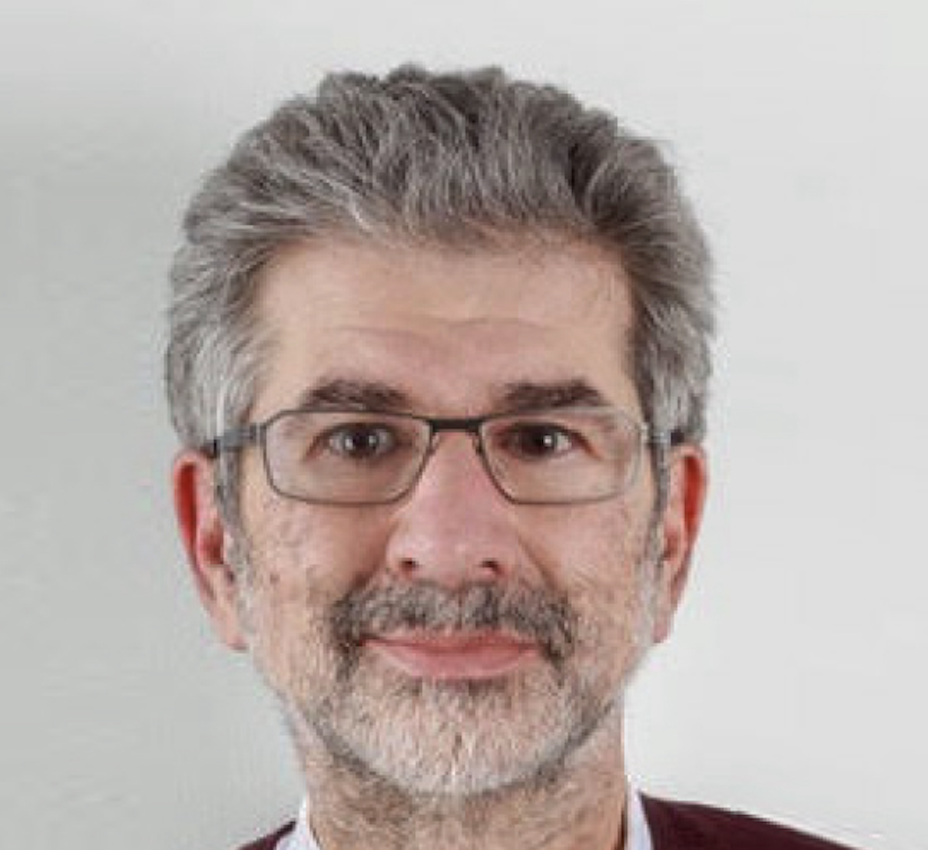
Laurent Romary has been an Inria research director since 2001. During his years of research in computational linguistics and digital humanities, he developed a strong interest in the standardisation and sharing of open linguistic data, and identified the need to implement shared infrastructures in the service of Open Science. Laurent Romary has been involved in numerous initiatives, particularly at European level, which have helped to shape the Open Science landscape: the European PEER project on the massive deposit of author manuscripts in open archives, the group of European experts that prefigured what would later become RDA and EOSC, participation in the OpenAire scientific committee, as well as in numerous think tanks or field missions linked to the definition of policies, but also of tools for Open Science.


